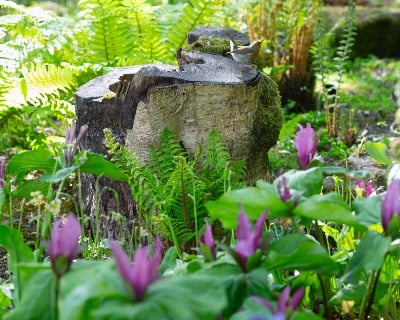12 ways to grow a low-carbon garden
A low-carbon garden buzzes with life, sparkles with water, and is packed with plants. If designed well, it can act as a carbon sink, actively combatting climate change
As gardeners, we have a chance to make a direct, practical difference in combatting climate change. Every time you grow a tree,
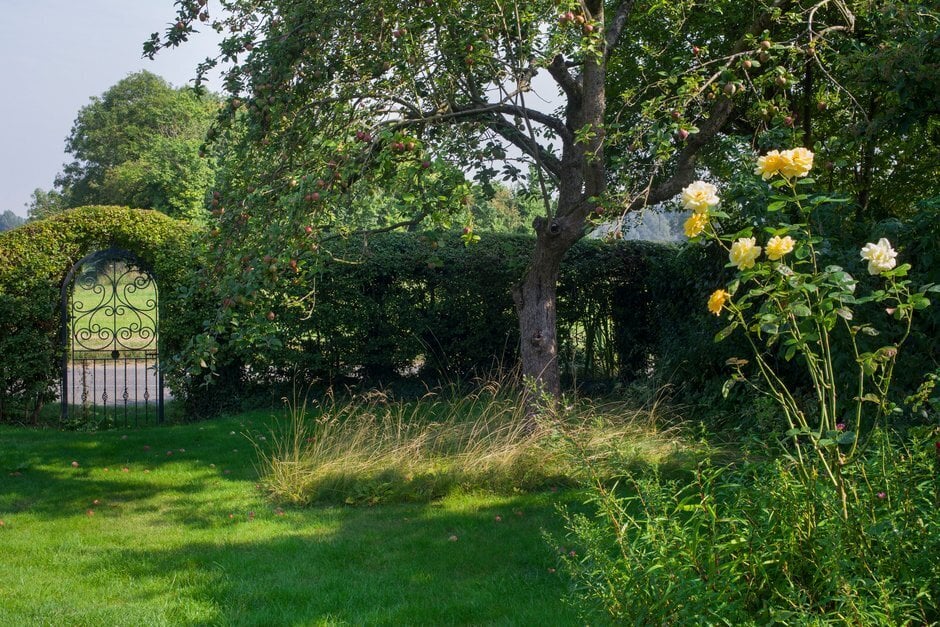
Hedge and woodland edge habitats

Introduction to hedges

Native shrubs for hedging
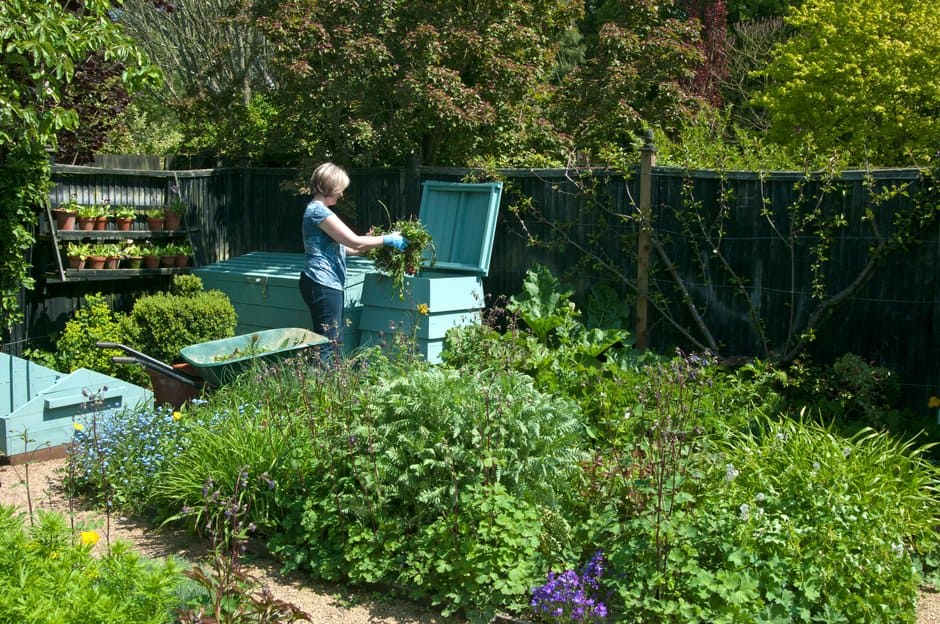
Composting

Trees for climate change
Coppicing

How to plant a tree
More low-carbon gardening ideas

Make a low-carbon wildflower meadow

Grow your own garden sundries

Low-carbon container growing
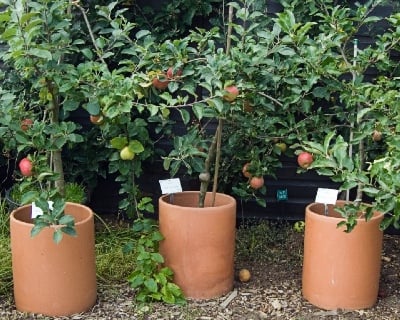
Grow a potted mini orchard

Using sustainable materials
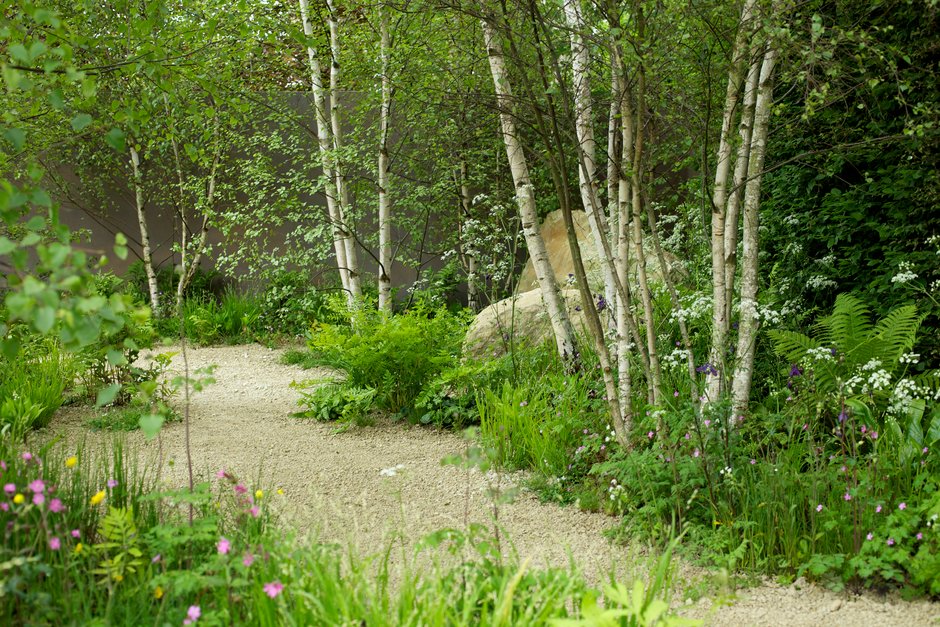
Planting a low-carbon garden
